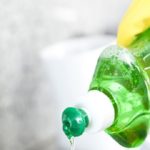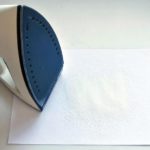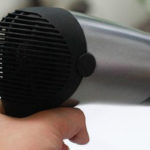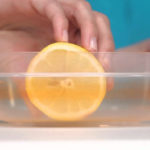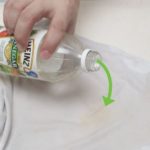As you know, an electric rice cooker that is not cleaned not only cooks slowly but also consumes more electricity! Today, we will guide you on how to clean the corners of an electric rice cooker. Follow the steps below to easily clean your electric rice cooker.
Inner pot of the electric rice cooker
Do not use sharp cleaning tools to handle the inner pot. Sharp objects can damage the coating on the inner surface of the pot, causing food to stick to it.
Soak the pot in hot water for a while, then apply detergent on a soft sponge and gently scrub.

Heating plate of the electric rice cooker
After removing the inner pot, you can see the heating plate underneath. If the heating plate is not cleaned for a long time, dust will slow down the heating speed of the rice cooker, prolonging the cooking time and consuming more electricity.
You can mix white vinegar and alcohol in a 1:1 ratio, then use a scrub brush dipped in the solution, squeeze out the water, and wipe it clean multiple times.

Inner lid of the electric rice cooker
When cooking rice or porridge, the top lid of the electric rice cooker will also accumulate a lot of food residues. If not cleaned in time, the rice cooker will have a special smell and a large number of bacteria will grow.
The inner lid of many electric rice cookers can be detached. After removing it, use a scrub brush dipped in the mixture of white vinegar and alcohol to clean it.
If the stains are stubborn, you can soak a paper towel with the solution, squeeze it dry, apply it to the inside surface, and let it sit for 5 minutes. Finally, use a scrub brush to easily clean it.
Vent holes of the electric rice cooker
There is a vent hole at the back of the electric rice cooker lid. When using the rice cooker to cook rice, rice bran often falls into the ventilation hole. Clean it regularly to make cooking more hygienic.
In general, after opening the vent hole, wipe it clean with a scrub brush dipped in the mixture of white vinegar and alcohol. For hard-to-reach areas, you can use a cotton swab to clean the rice residue inside.

Exterior of the electric rice cooker
The white coating on the surface of the electric rice cooker is easily stained if not cleaned, making it turn yellow and lose its aesthetics.
You can pour some white vinegar on a scrub brush and wipe it repeatedly. After wiping it clean, use a dry cloth to wipe it again to effectively remove any residue.
For stubborn stains on the opposite surface, you can use a slightly wet cloth soaked in baking soda or toothpaste, wipe the areas with a lot of yellow stains multiple times to clean them.
Yellow stains on the outer surface of the rice cooker
When the rice and water are heated, brown spots form on the outer surface of the electric rice cooker, which cannot conduct heat and can cause uneven heating and affect the function of the rice cooker.
Mix baking soda, laundry detergent, and table salt, add some warm water and stir until the salt is completely dissolved. Then, use a scrub brush to clean the outer surface of the electric rice cooker to remove the yellow stains.

Above are the places that we often overlook. Remember to clean them thoroughly afterward to not only improve cooking efficiency but also save electricity.
According to Bảo vệ công lý

























